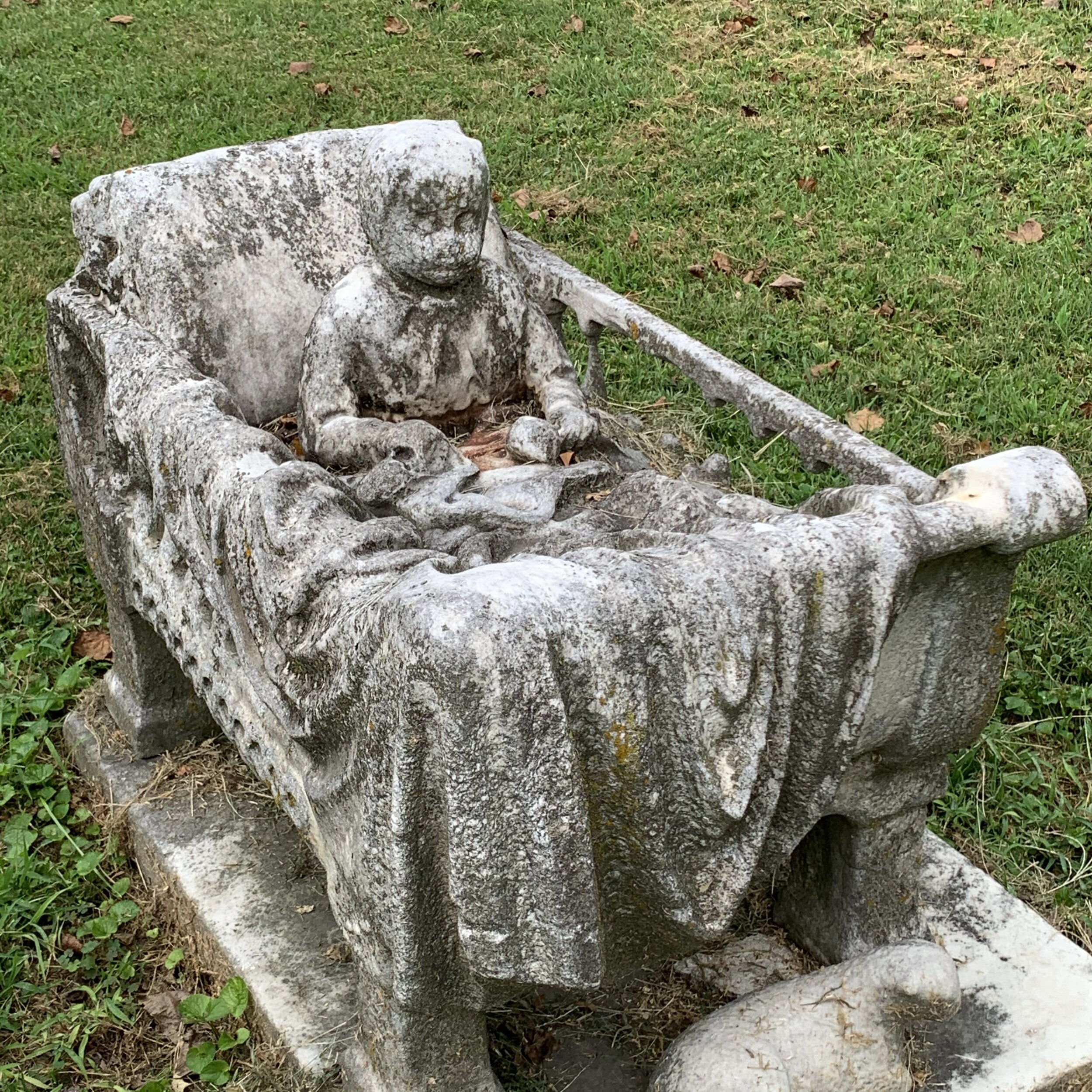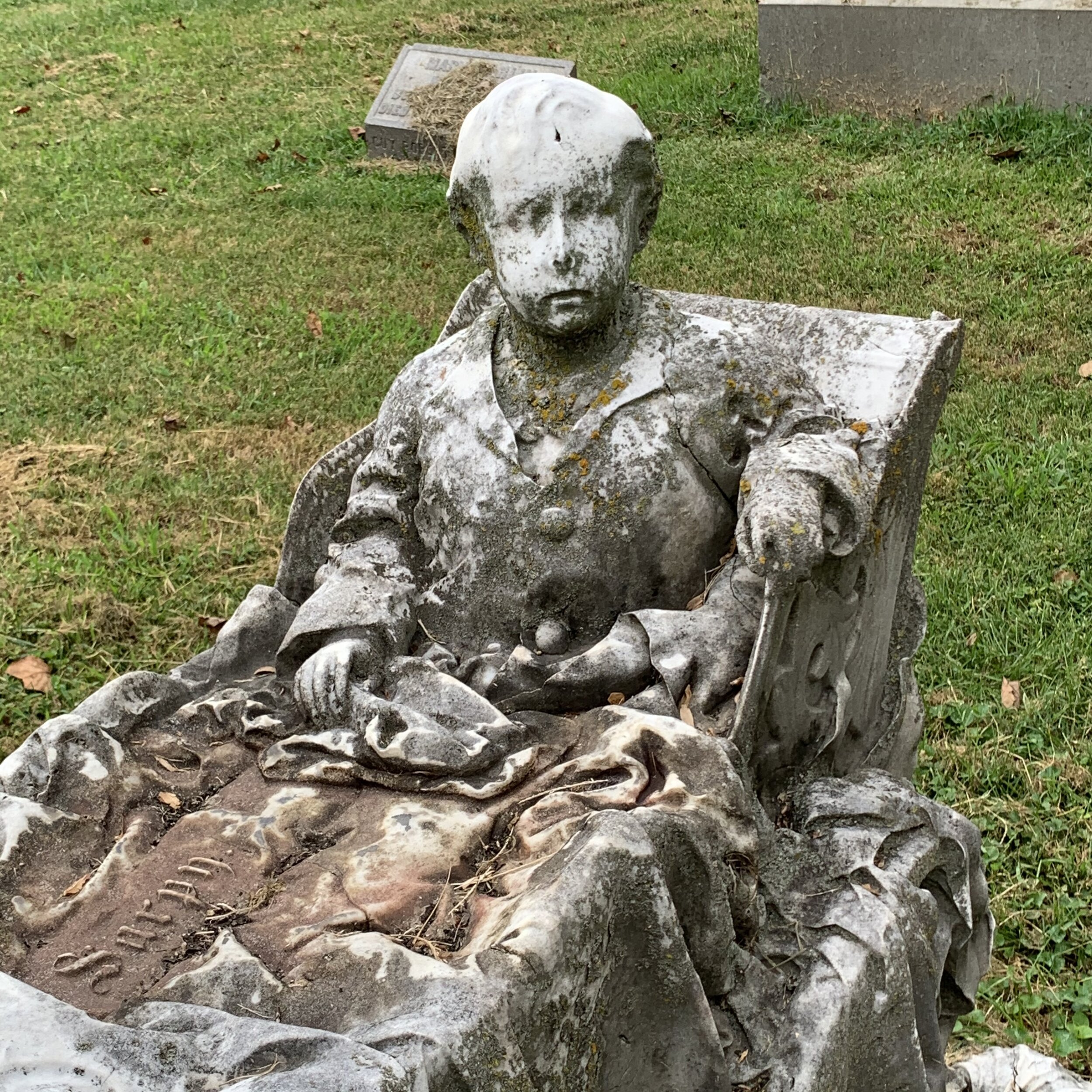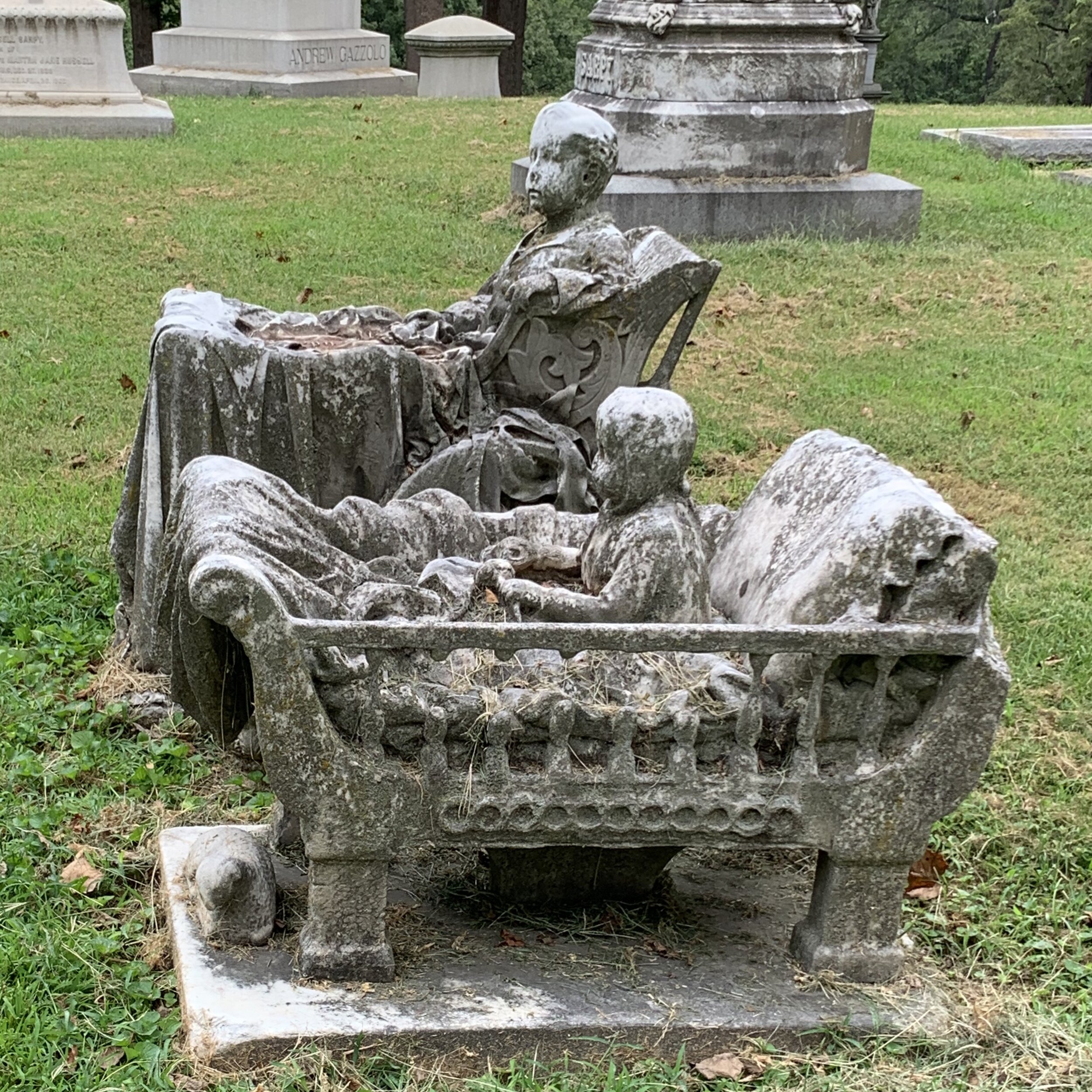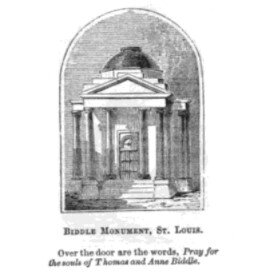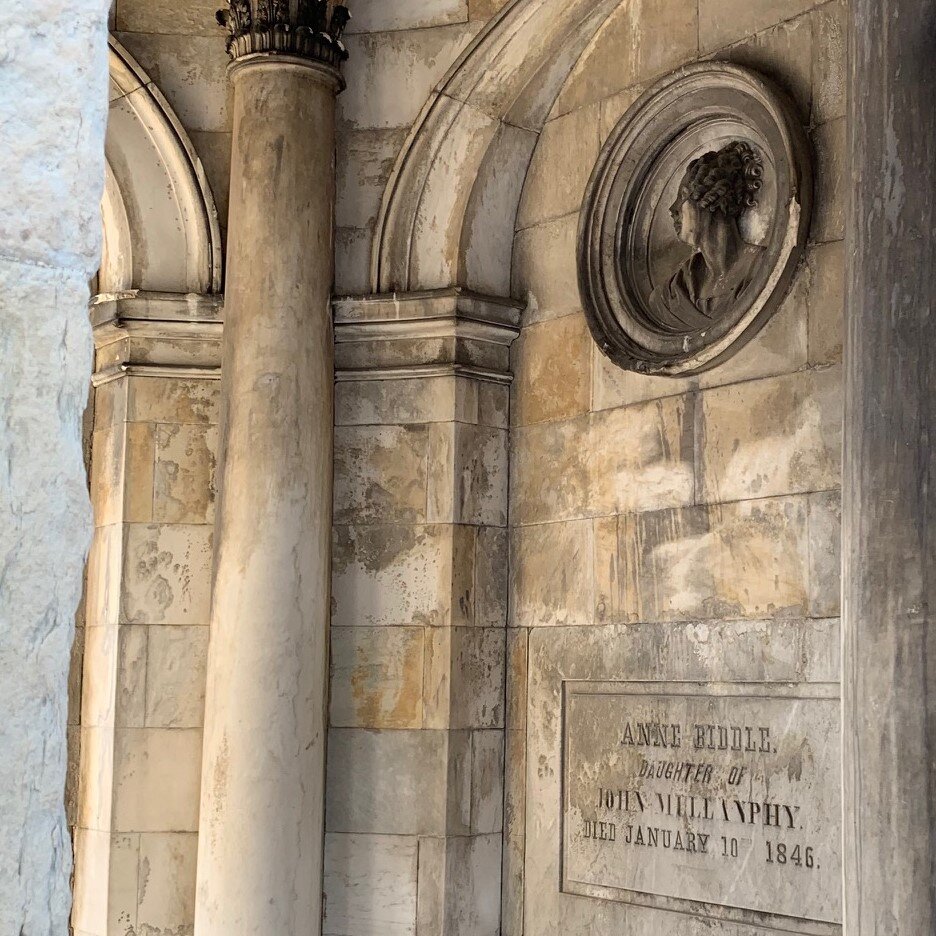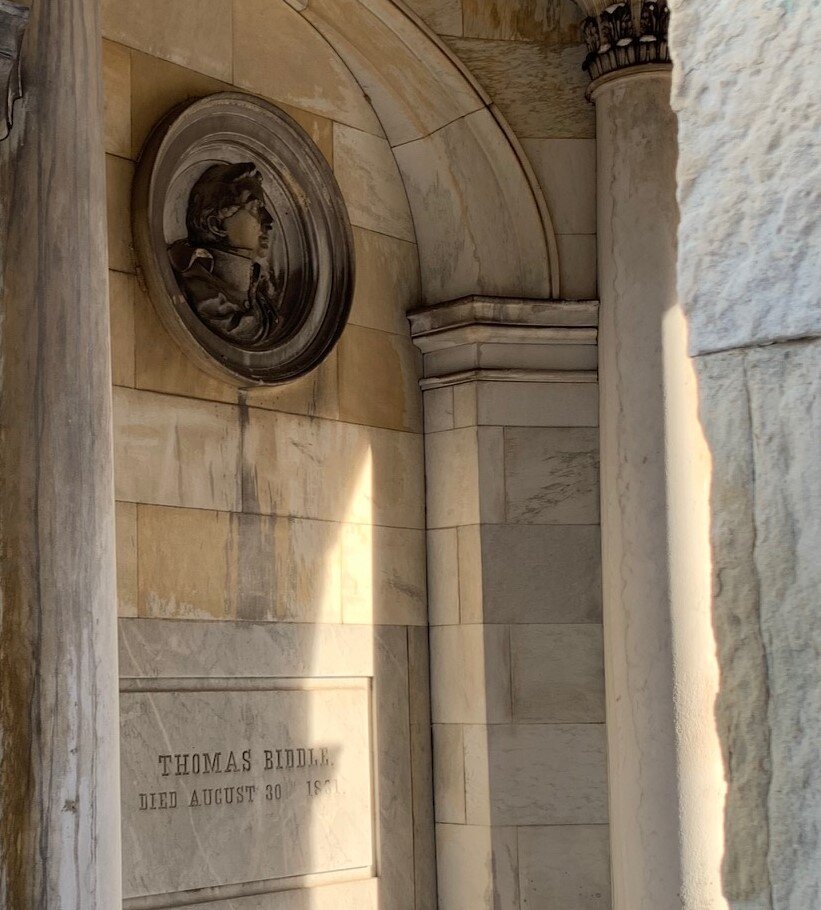Mount Olive Cemetery Lemay, Missouri
I don’t fear death, but I do fear what comes after death and would like to have my body preserved forever
-
When Joseph Marconnet died in December 1924 at the age of 64 he had lived a solitary life, preferring to live alone and keep only a small circle of friends and relatives. The Marconnet family were part of the early French settlement of Carondelet, best known for their sale of 21 acres of land to the City of St Louis for the creation of Carondelet Park.
During his illness with cancer, Joseph spent a great deal of time studying the ancient Egyptian mummification process, a popular topic after the discovery of King Tutankhamun’s tomb in 1922, and the preservation of Vladimir Lenin’s body in 1924. He left explicit directions in his will about the preservation of his own body. This task and a portion of his estate, the equivalent of around $52,000 today, was left to James J. Fitzgerald, president of Southern Undertaking Company. It was Joseph’s express wish to be laid to rest in a glass topped casket in his newly built mausoleum in Mount Olive Cemetery and that his body be on view to the public on the holy days of the Catholic Church.
He was placed in his tomb on January 3, 1925 after an intimate funeral at St Boniface Church with a few close friends and relatives in attendance. Prior to that his body was laid in state at the funeral parlor and later his home on Virginia Avenue in Carondelet where Joseph had lived the last 30 years of his life.
It took some time to decide exactly how the public would be allowed access to Joseph in the small space inside the mausoleum, but by April of 1925 the decision was made to install a glass panel in the door in order to allow the public to view him safely from the outside. With his family's approval the casket would remain open indefinitely. On Holy Thursday 1925 the lid of Joseph’s coffin was opened for the first time in his mausoleum for public view. There were few visitors that first day due to bad weather and no advance announcement in the papers, but as the weekend drew near more and more people arrived causing a back-up of several hours wait on the small road leading to the cemetery. Over time the crowds dwindled and in 1936, twelve years after his death, his family decided to finally close Joseph’s casket. Later a door with no window was installed out of concerns of vandalism.
Marconnet remained there until 2002 when a driver lost control of their truck while traveling the narrow cemetery road and struck the wall of his mausoleum. Joseph was taken to Southern Funeral Home, just as he had been 78 years earlier, where he remained for two months while his tomb was repaired. Later that year he was returned to his final resting place with family members and clergy in attendance.
Strange Graves is a series by the Mourning Society of St Louis featuring St Louis’ beautiful, strange and historic burials. Post contributed by Katherine Kozemczak.



